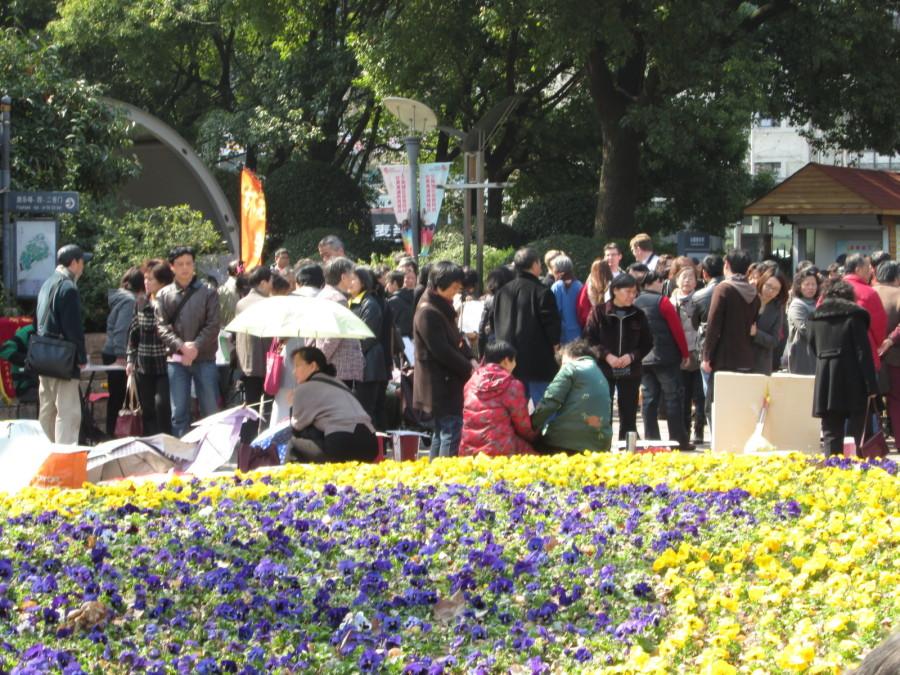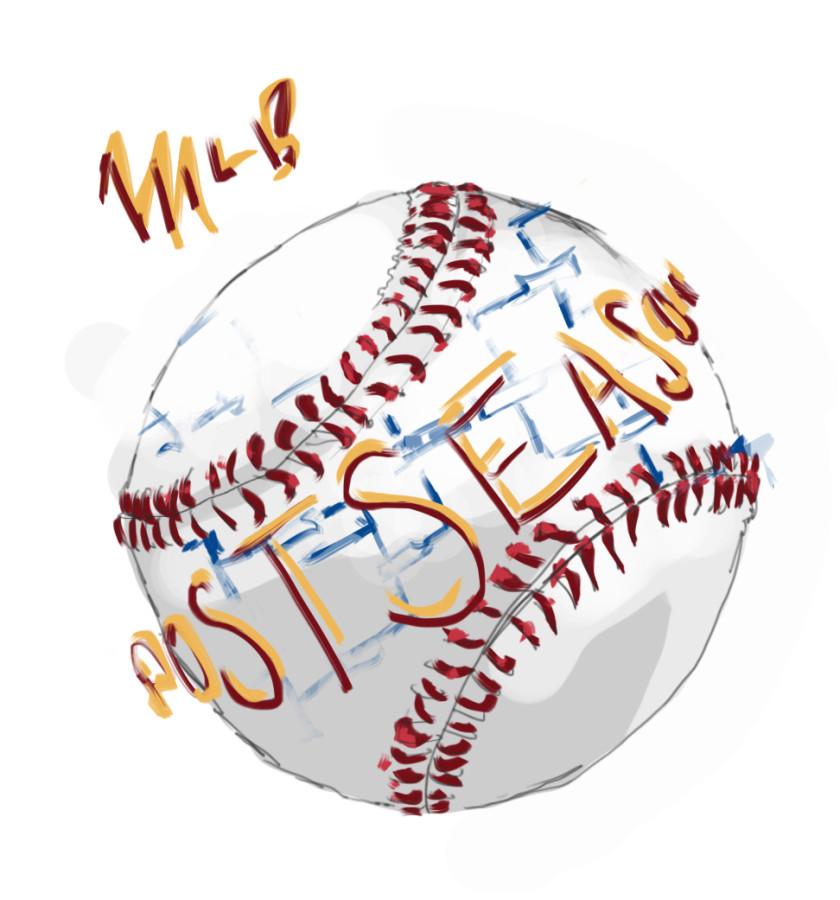Despite what some days may feel like, I am taking other courses in Shanghai besides my Chinese language class! Last week in Chinese Film and Cinema, we watched Wu Yonggong’s “The Goddess,” which was released in 1934. “The Goddess” was part of the 1930s overall leftist-turn of Chinese cinema, which was all about “reviving national cinema by connecting film-making with the May 4th movement spirit and calling for a socially engaged cinema” (from the class’ PPT slide). Many of the films produced during this period dealt with class conflict, social injustice and moral corruption in China’s cities.
Thematic Features of Leftist Films: (also from the class’ PPT slides)
1) Imperialist invasion and national salvation (Japan invaded parts of China during the 1930s)
2) Class exploitation and bourgeois lifestyles
3) Working class people and their sufferings (usually realized through the depictions of the sufferings of women)
4) Fighting injustice instead of compromising with reality
5) Collective Spirit
6) Optimistic Endings
“The Goddess” focuses on the story of a young mother/prostitute in Shanghai and her son as they struggle to survive on her lower class occupation. The film begins when her son is just a baby and ends when he has grown to be about seven or eight. If you do not want to know the rest of the plot before watching the film, stop reading now. Otherwise, I will talk about some notable points my class discussed after watching the film. You can watch the film on YouTube by following this link.
I am very interested in gender issues, especially with regards to women’s rights and sex trafficking/prostitution, so I was quite excited when I learned about the plot of this film. To begin, “goddess,” has a double meaning in Chinese. The word does have its myth-like qualities but it also is another name for a streetwalker (prostitute). My professor described the myth-like figure as “holy and maternal,” which is especially interesting considering the two roles the main actress, Ruan Lingyu, plays in this film (mother & prostitute).
Since this film was produced during the leftist period of Chinese cinema, it is riddled with commentary about class struggle and fighting injustice. My class found it very interesting how Wu chose to portray Ruan in her two roles as a mother and as a prostitute. In the first part of the movie, there is a clear division between Ruan’s two lives and her apartment is the dividing line (exterior vs. interior). When Ruan is outside of her apartment, her face is hard and she is stiff. She approaches potential clients in a very discreet way and is conservative with her actions. In comparison, when she is inside her home, she is fluid, graceful, always smiling and very loving towards her son. A very apparent change occurs when Ruan walks in the door and, since this is a silent movie, her facial expressions and body movements are what really tell the story.
In general, Ruan’s role as a mother is highlighted much more than her career as a prostitute. Very little time is actually spent on her approaching clients, and often, the audience does not get to see the client’s face. In comparison, there are many up close shots of Ruan with her son that clearly show the devotion they have for each other.
I will not go into too much more detail or I will be describing the entire film, but pay attention for the leftist tones in the film. There are multiple times when Wu (literally) hits the audience over the head and causes us to confront our prejudice towards prostitution and forces us to reassess our preconceived stereotypes of streetwalkers. Although this movie was produced 80 years ago, the commentary by Wu is just as applicable to modern societies concerning a whole myriad of social justice issues.
Now…go watch the film!
-Little Sparrow






